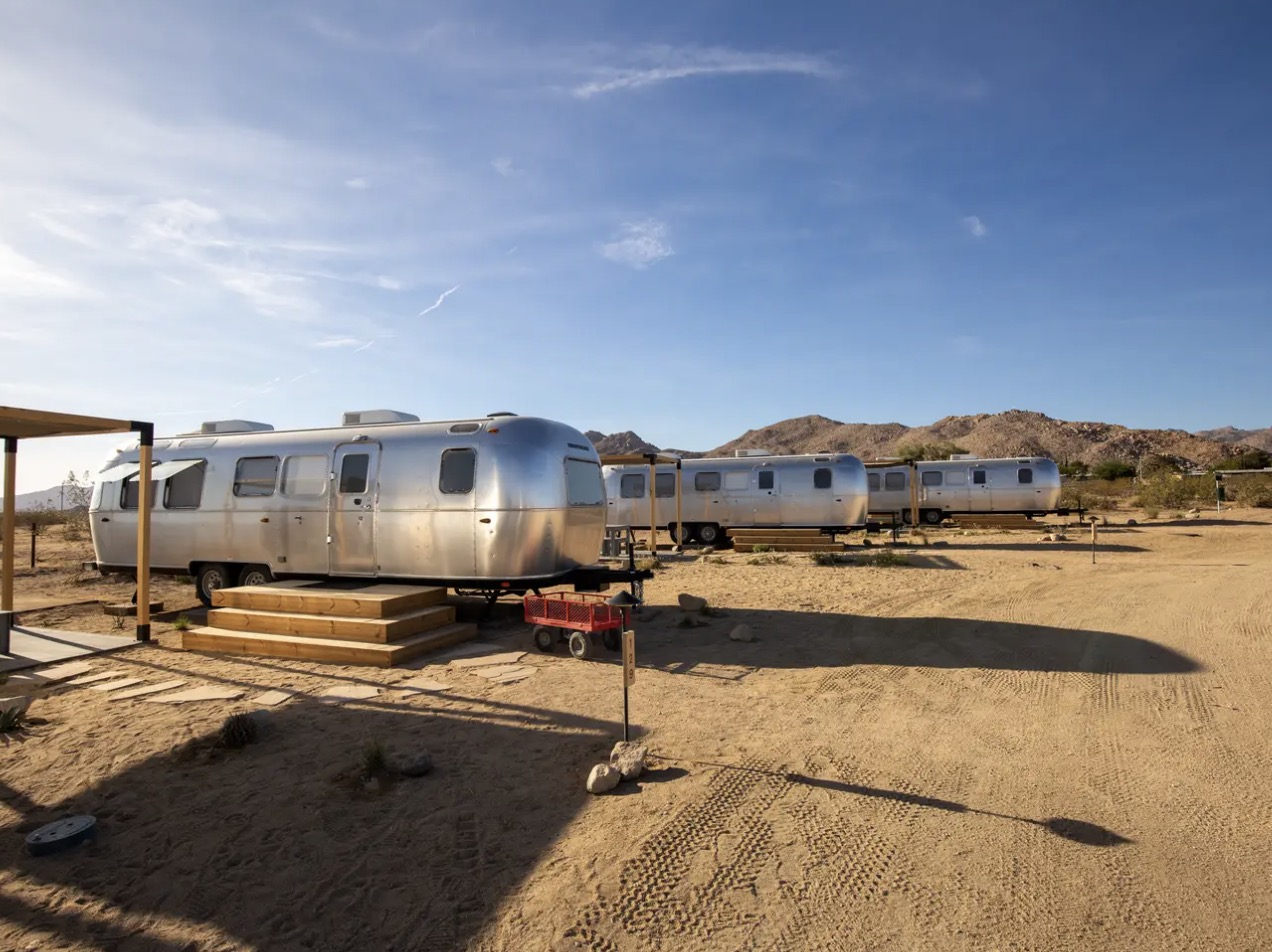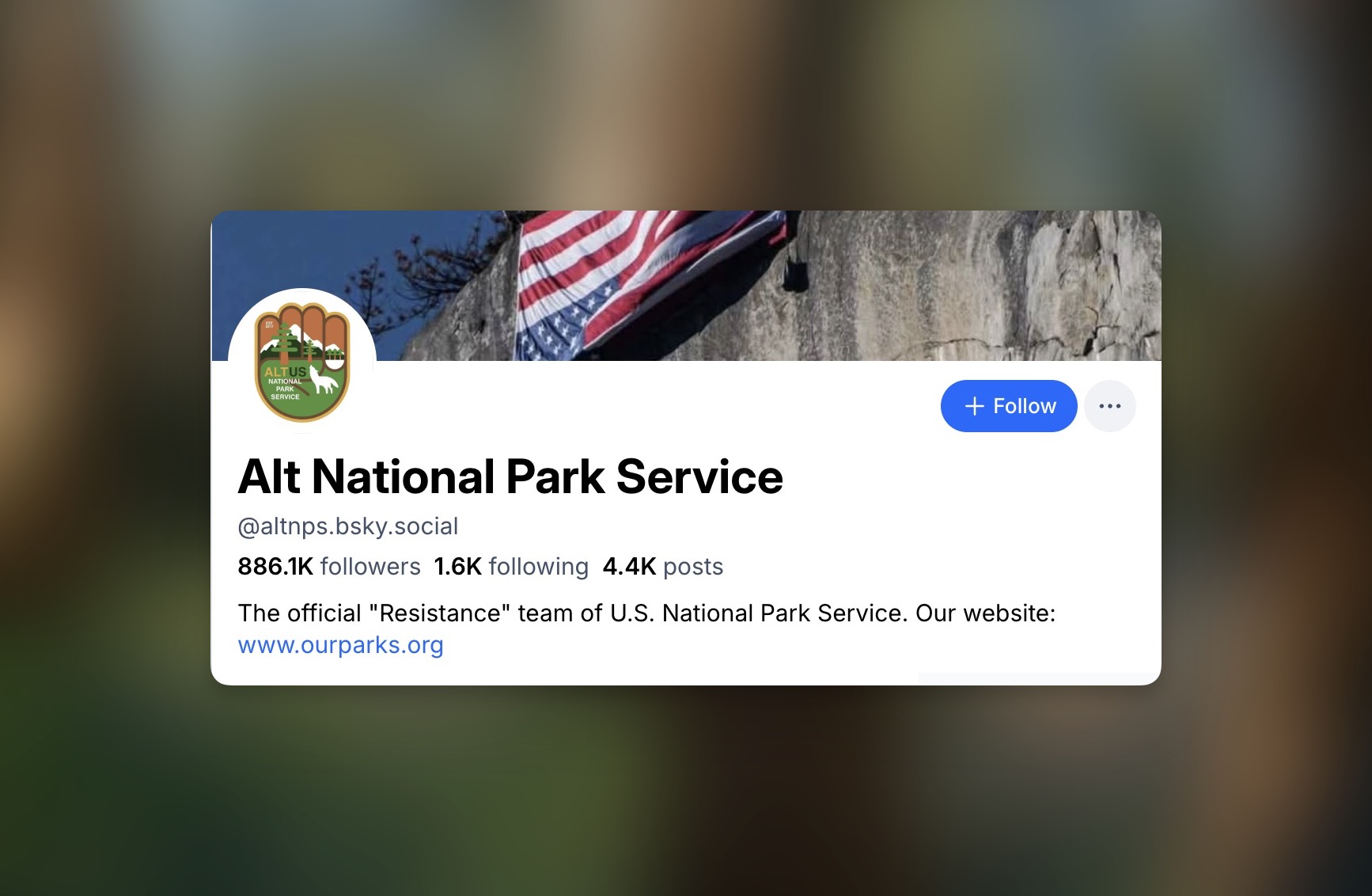If you’ve spent time traveling or visiting any outdoorsy location over the last few years, I’m sure you’ve noticed the uptick in “glamping”. The trend started as “upscale camping”, but if the listings on Glamping Hub or Hipcamp are anything to go by, I think the modern definition has expanded to include basically anything “camping-adjacent”. Safari tent with a bed? Glamping. Rustic A-Frame or small cabin? Also glamping. Built out Airstream trailer? Glamping, just at hotel-room prices. It sometimes feels as if some glamping options are an answer to the question “How can I feel like I’m camping, but also remove most of the inconveniences or minor discomforts that might come with actually camping?”
By all regards, the industry has grown quite large – Grandview Research estimates it at $3.5B and growing around 9% per year. KOA reports that “Over the past 10 years, the industry has experienced a 310% increase in short-term glamping rentals and a 290% increase in glamping brands.”
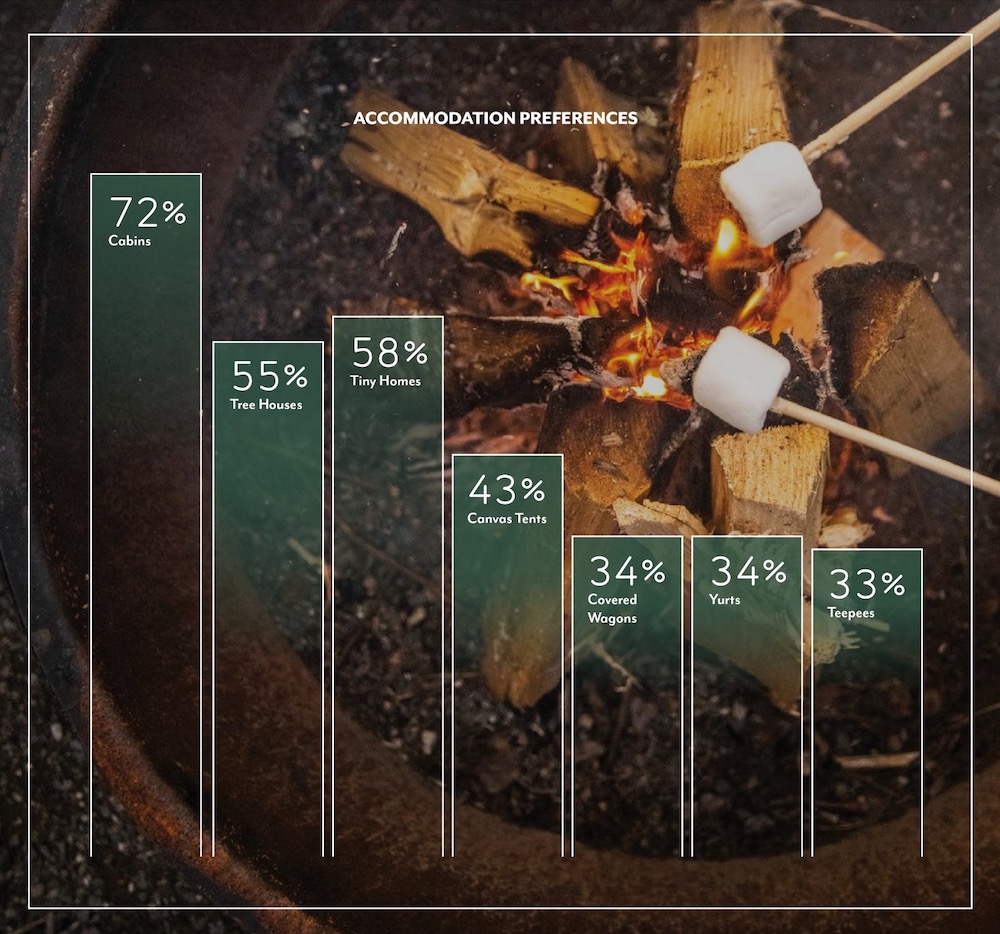
From KOA’s 2022 North American Glamping report.
Glamping isn’t exactly new
Some properties like Under Canvas are very similar to Yosemite’s Curry Village, which has had rustic tent cabins for a long time (I lived there for an entire summer while working in the park). I also spent time in the High Sierra Camps as a kid, which was a perfect opportunity for my family to backpack through the Yosemite high country without needing the extra weight of food and sleeping gear. While we did graduate from that type of experience, it was a great in-between while my siblings were too young to carry much weight.
That’s important to note – I think that glamping provides an accessible experience for a lot of people. Not everyone has the time, resources, or desire to accumulate the myriad of gear necessary for “traditional” camping. A more comfortable experience can alleviate some stressors and allow people to visit wild places without giving up all their creature comforts. Unique glamping options often have a visual vibe that is infinitely more shareable than a messy campsite.
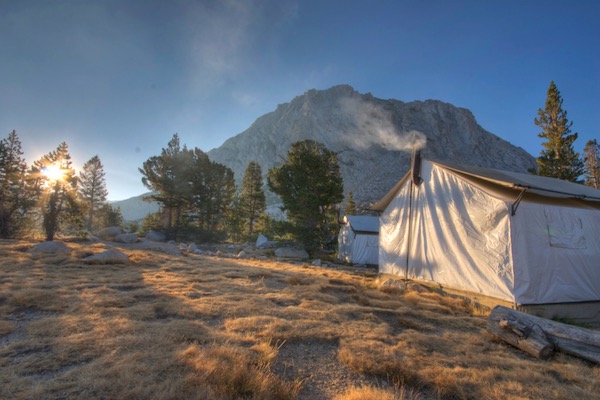
One of Yosemite’s High Sierra Camps
With ever-increasing visitation in the outdoors, any alternative to campground inventory has become somewhat necessary. It’s harder than ever to reserve a site at campgrounds around the country. While some place this issue at the feet of Recreation.gov and/or lottery systems, the reality is that more people are recreating outdoors than ever, and inventory (especially USFS) hasn’t kept up. When campgrounds are filling up in minutes, months in advance, campers get pushed out to BLM land, or to ‘camping adjacent’ experiences like Hipcamp and private campgrounds that have stepped in to provide additional inventory. I’m lucky enough to live in Colorado, where there’s still many (but shrinking) options for dispersed camping, but that’s not the case everywhere.
Fancy glamping
Outdoorsy, a popular RV sharing app, has also expanded their offerings to include glamping. They recently opened their third glamping location in the Texas Hill Country, after previously launching outside of Yosemite and in Bayfield, Colorado. They join category darling Autocamp, who have raised over $100M to scale their upscale Airstream campgrounds. They also recently partnered with Hilton, which, to me, feels like a precursor to a deeper partnership or eventual acquisition. I think this is also the first sign of potential market concentration – the market is relatively fragmented at the moment, but it’s likley only a matter of time before a large hotel chain makes a move or a glamping brand raises the capital to start rolling up competitors.
It feels like a smart move, given the COVID-induced growth of the RVing industry. There are only so many RV parks and KOAs to accommodate people, and I’m sure they identified a related customer base that won’t necessarily buy or rent an RV, but would appreciate some of the amenities that it provides.
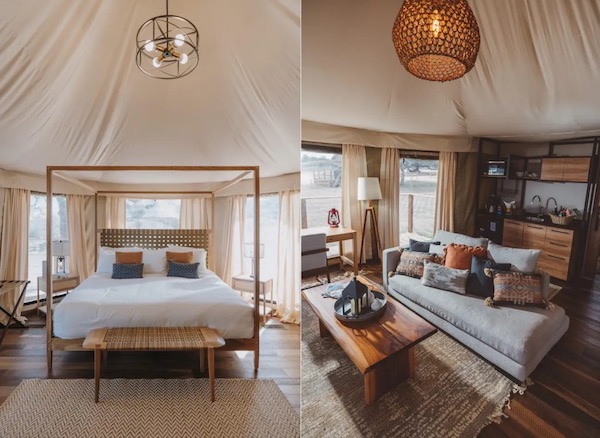
Outdoorsy’s “glamping” lol
”Traditional” glamping
And while Autocamp and Outdoorsy are definitely on the “more of a hotel than campsite” end, there are others closer to the “traditional” camping experience as well. Under Canvas is upscale, but still recognizable as a tent. Snowpeak has a campground in Long Beach, Washington with a combination of tent sites, tent suites, and “tiny homes”. Ramble opened its first location near Great Sand Dunes in Colorado – they believe that “tent, car and van camping in glorified parking lots with small sites stacked on top of each other is definitely NOT what nature intended. A great campsite should enhance — not detract from — your time spent cooking, eating, hanging out by a campfire, and sleeping outdoors in nature with family and friends.”.
Their sites offer features like outdoor cooking stations, hot showers, and running water. Reviews from their first year of operation seem to be very positive. But, it’s a business, and the cynic in me also wonders “how can I triple or quadruple the cost of a traditional campsite by adding a Solo Stove instead of a fire pit”. Their sites range from $75-$175 vs the nearby Pinon Flats NPS campground at $20 – the difference being that Ramble actually still has sites available for a summer weekend. I think there’s a valid discussion to be had about whether USFS campgrounds are underpriced, given the demand, maintenance costs, and relative lack of penalty for “no-shows”…but that’s a complex topic for another day.
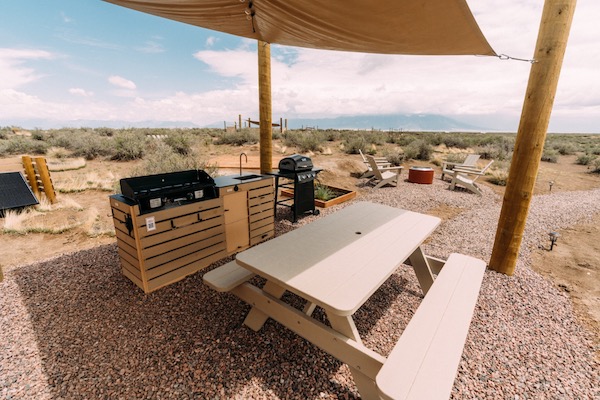
Ramble camp near Great Sand Dunes.
Now, as I said before, I don’t think glamping is a bad thing. There’s a market for it in all its different levels of comfort and cost and I won’t begrudge anyone who wants to explore the outdoors in their own way.\
What I’m most curious about is how this increasing trend affects consumer relationships to the outdoors. What is the cost of an increasingly sanitized experience of the outdoors? Is an experience that removes all discomfort or connection to the “wild” a boon for access, or does it increasingly turn the outdoors into a Disneyfied experience – one that is “viewed” rather than “experienced”? And what does it mean for outdoors brands if more consumers eschew buying tents, Coleman stoves and camp gear, for 800 count sheets, electricity and heated tents?
The industry loves to tout that “getting more people outside creates people that support the outdoors”. But if an increasing volume of those people are basically staying in hotels and then experiencing places like Yellowstone and Arches on drive-thru tours, does that still adage hold true (if it ever did)?
